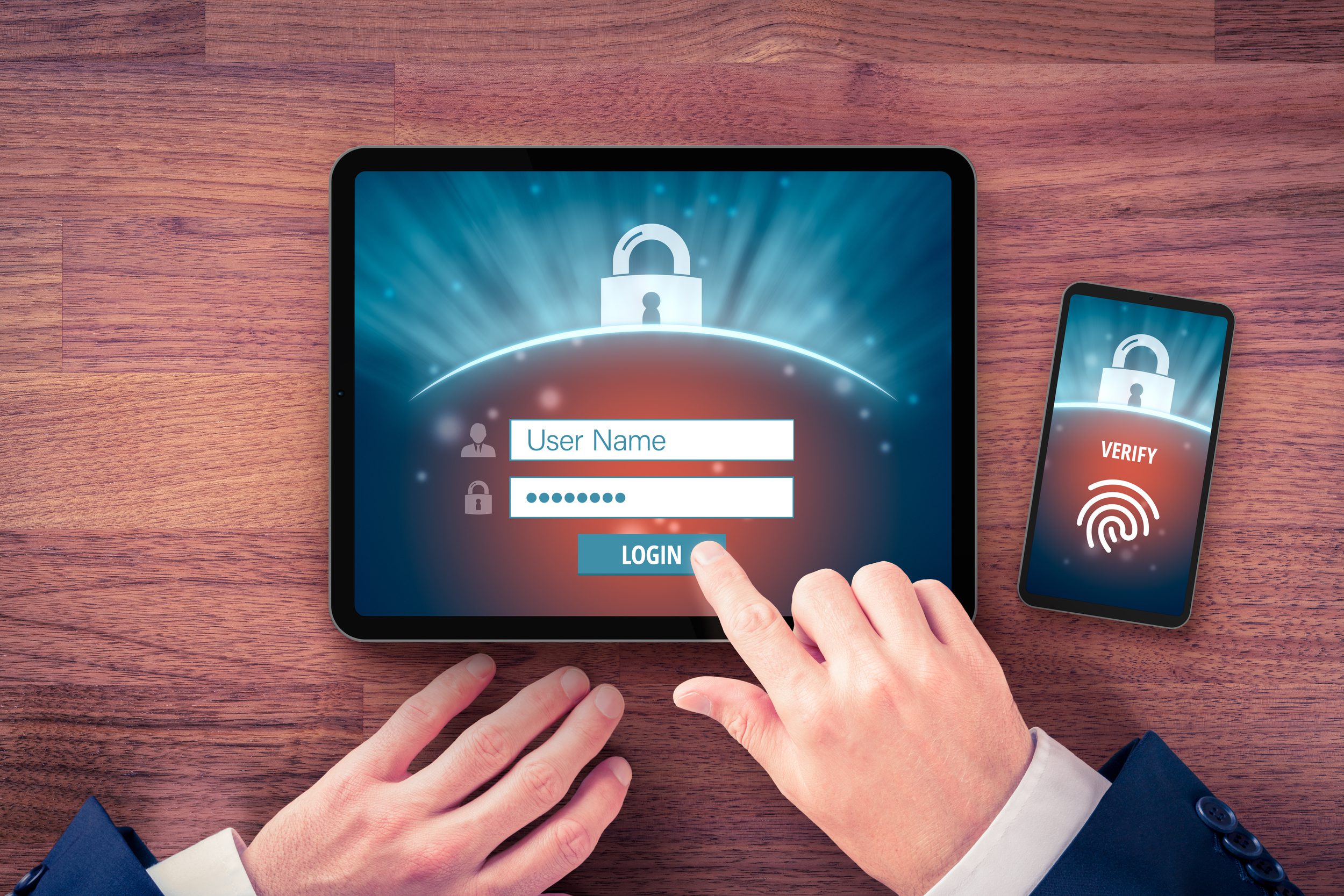
Be Aware, Be Safe
EASTBANK, N.A. is committed to cybersecurity. The following are some cybersecurity tips to help keep you safe online.
Online Security Tips
Watch out for fraudulent emails. Emails and text messages may look legitimate, but they could be fake. Never click on a link or respond to an email or text with personal information, such as credit card numbers, social security numbers, or other banking details; instead, contact the sender directly or visit online by typing the sender’s (if it is a known sender) web address into your internet browser.
Passwords
Create passwords that are difficult for others to guess, and change them often. Avoid using the same password for banking as you do for other sites, such as social media or email.
Be Careful What You Share Online
Avoid posting personal information on shared and social networking sites like Facebook, Twitter, Instagram, and LinkedIn, which criminals can use to commit fraud.
Guard Your Mobile Device
Your cell phone contains a wealth of valuable personal information. Secure it with a password, and be sure to clear its cache before trading it in for another phone. Also, be careful when scanning QR codes, as doing so may direct you to a fraudulent site. You can add your mobile number to the “Do Not Call” list at www.donotcall.gov.
Keep Security Software Up to Date
Electronic devices, such as PCs, laptops, smartphones, tablets, and other web-enabled devices, need the most current protection from viruses, malware, and other online threats.
Phishing and Pharming
Phishing and pharming are ways cyber criminals attempt to get your username and password, but they are not the same.
How to Spot a Phish:
- An email that attempts to obtain your personal information
- An email that offers something that is too good to be true
- Email that contains misspelled words and/or has grammatical errors
- Emails that appear unprofessional and do not look like normal business correspondence
- Emails that contain attachments and links to other sites
Pharming
A pharming scam is when traffic intended for one website is redirected to a fraudulent online address. The most common form of pharming is when you respond to an email that “looks” familiar or “looks” official, but the email address is not the correct address for that person or company.
Find out more about how you can protect yourself from identity theft, scams, and other types of financial fraud by visiting government websites, such as https://www.fdic.gov/resources/consumers/consumer-assistance-topics/index.html.

